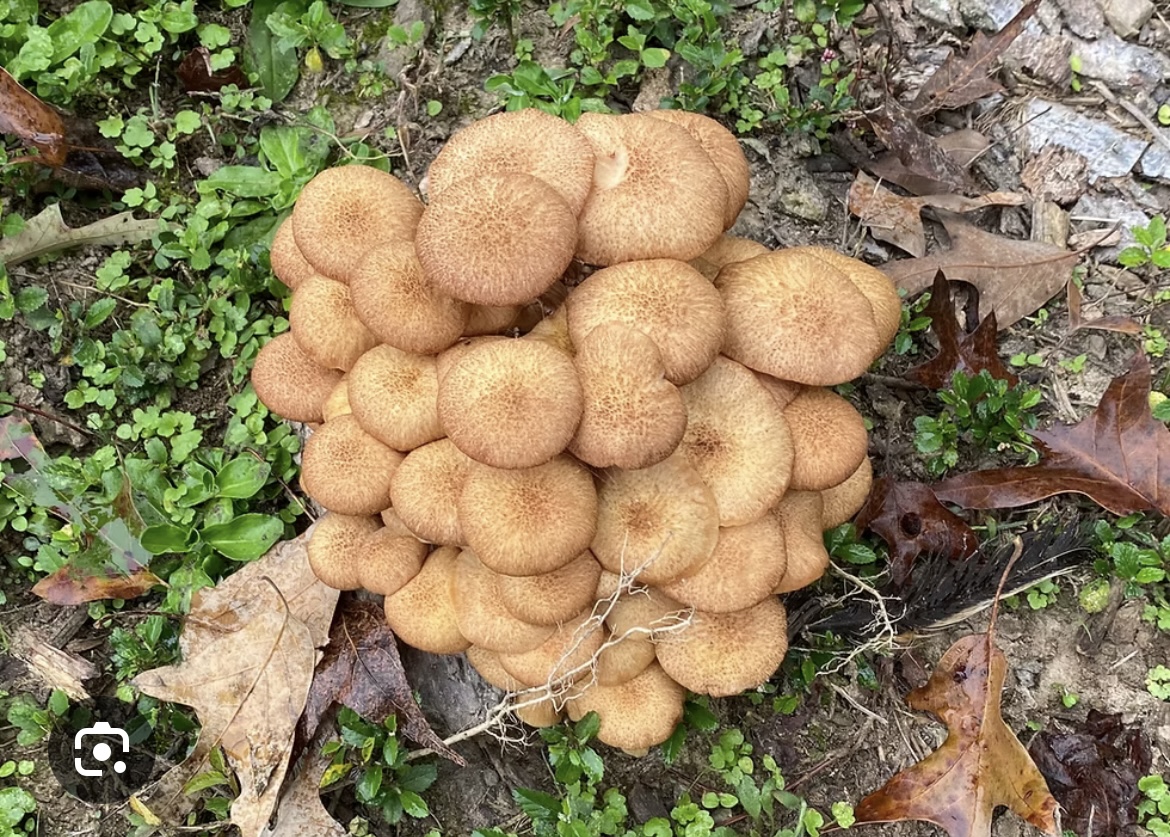Mushrooms
1/13
There's no tags or description
Looks like no tags are added yet.
Name | Mastery | Learn | Test | Matching | Spaced |
|---|
No study sessions yet.
14 Terms
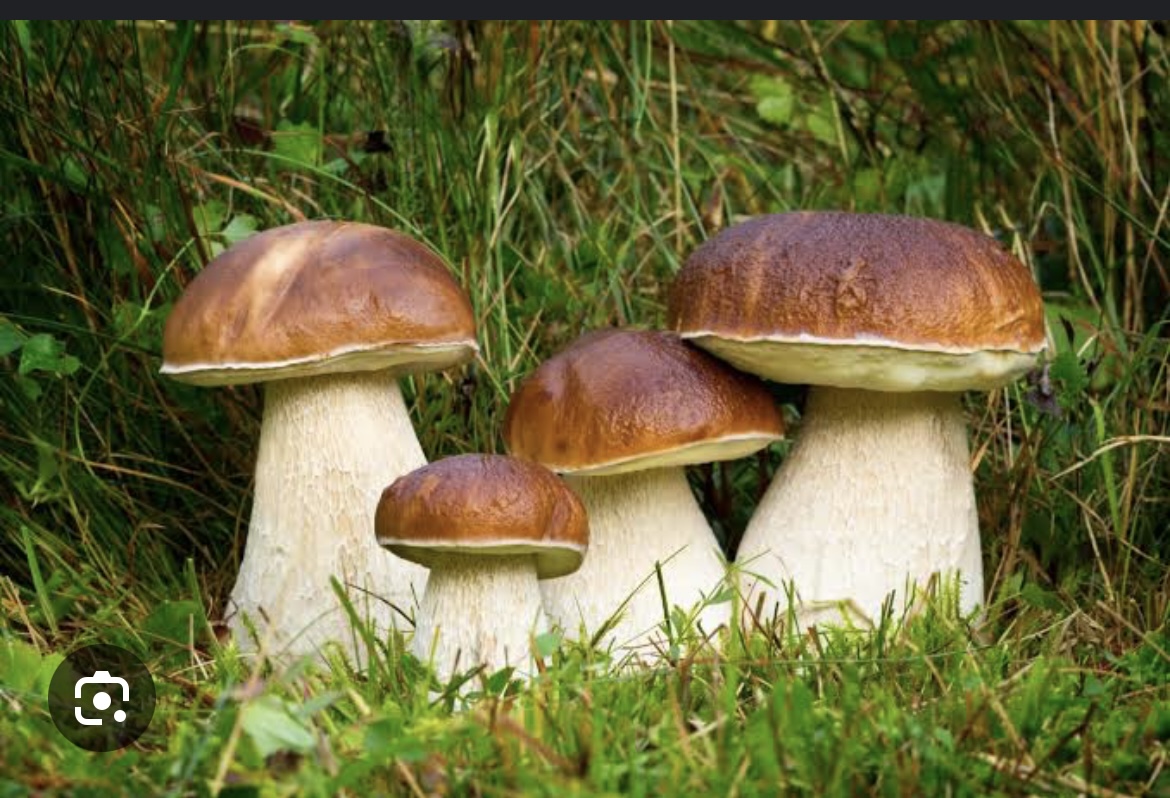
Boletus mushroom. Upright mushroom with a stem and with sponge like pores instead of gills under the cap and growing in soil, not in wood. Edible with the below notes. If there is any red coloring on the shroom, stem, pores, or cap, avoid as this can be sign of toxicity. If flesh turns blue quickly after cutting, avoid due to toxicity.
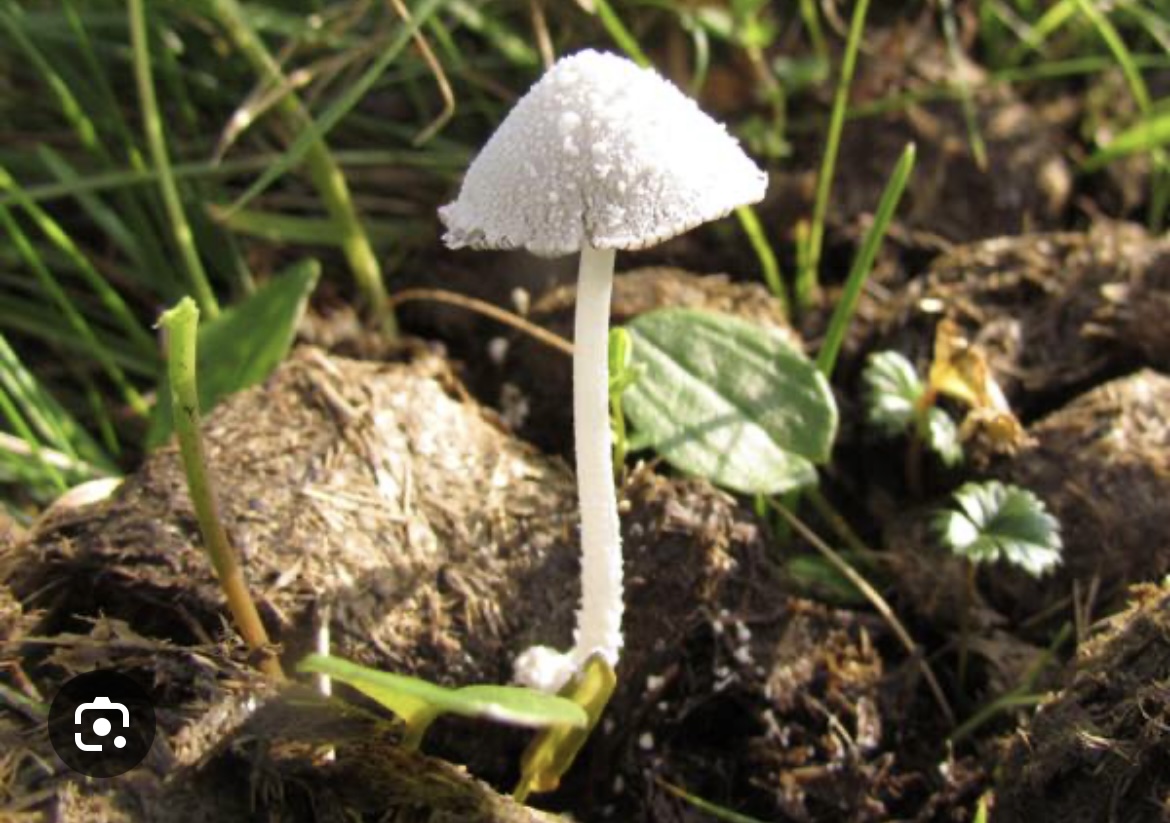
Snowy Inkcap. Reported as either poisonous or suspect, so don’t eat. It’s a dung loving mushroom and is often found in old horse poo or cow poo. The cap is initially egg shaped. Later it expands to become bell shaped. The cap is distinctively white and has tiny veil fragments on the cap.
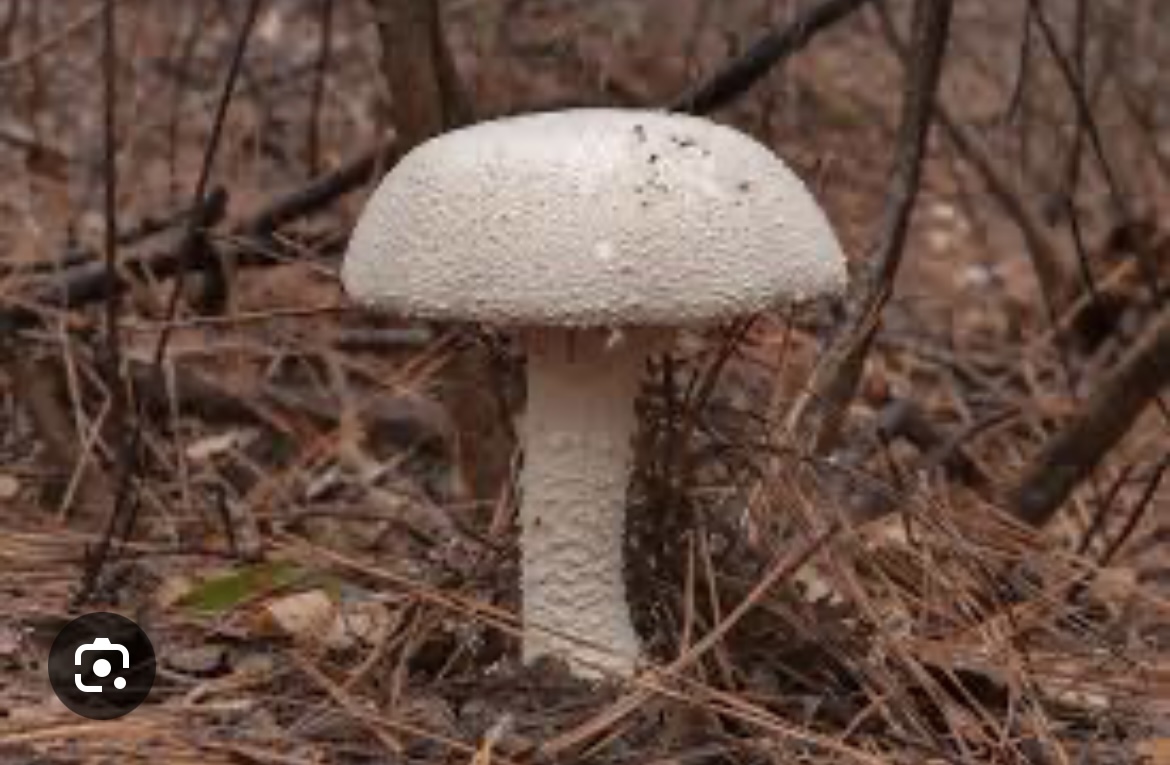
Many Warts Mushroom. Highly poisonous and should be avoided. Large white cap covered with white, cottony scales. The stalk is think and englarged at the base. Found in pine oak forests typically growing alone or scattered in summer and fall
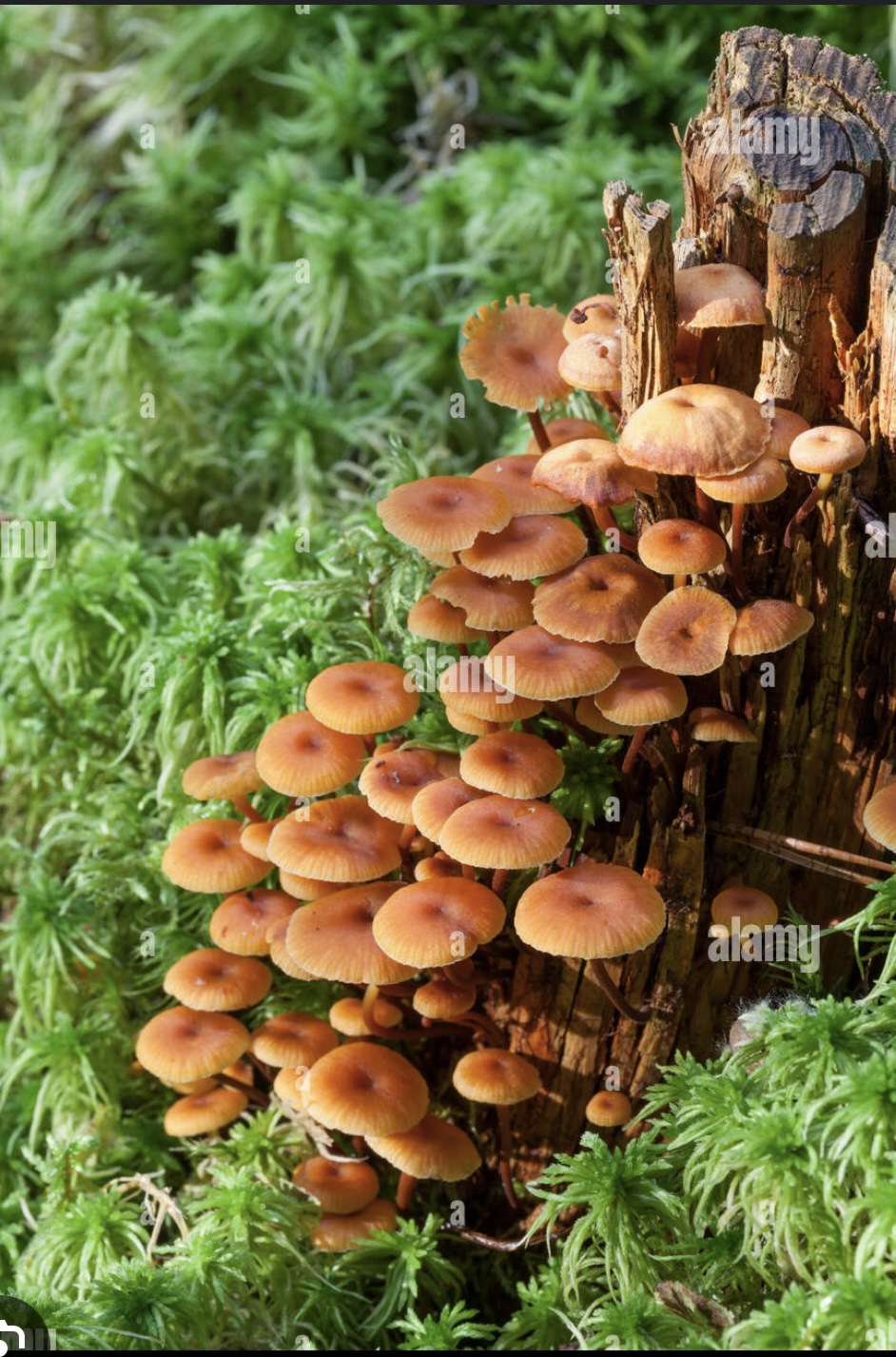
Golden trumpet mushroom. Also called “fuzzy foot”. Not poisonous but mushrooms are small and bitter tasting so considered inedible. Bell shaped cap that ranges in color from yellowish to reddish brown often with a darker center. Has a slender stem and grows in clusters on decaying wood. Commonly found in wooded areas.
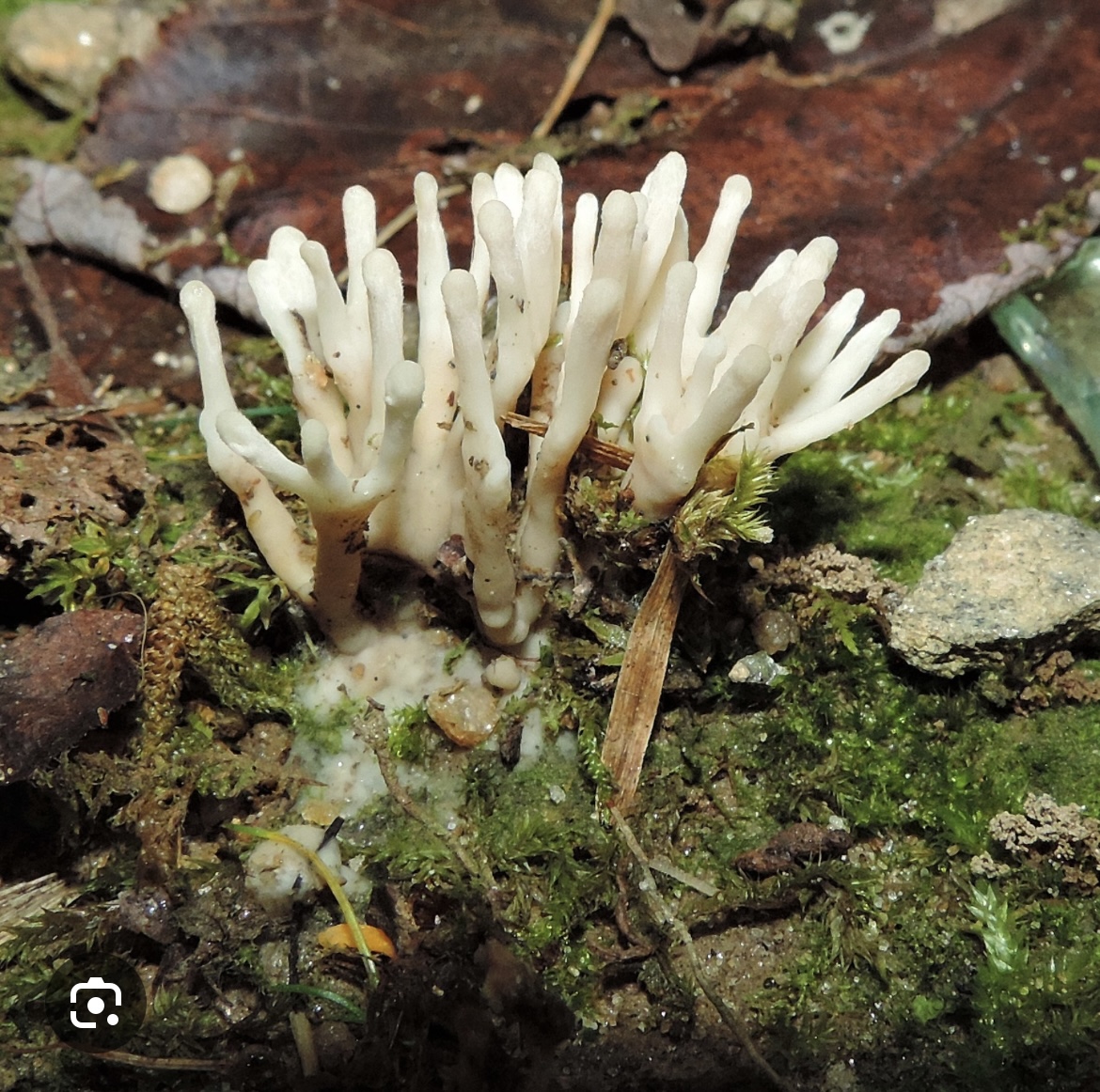
Jellied false coral mushroom. Branching, whitish, leathery, coral like jelly fungus. Not edible. Grows on the ground in deciduous or mixed woods. May-November. Texture tough but gelatinous. Can be confused with True Coral mushrooms, but True Coral are brittle and break easily while this one is tough, not brittle.
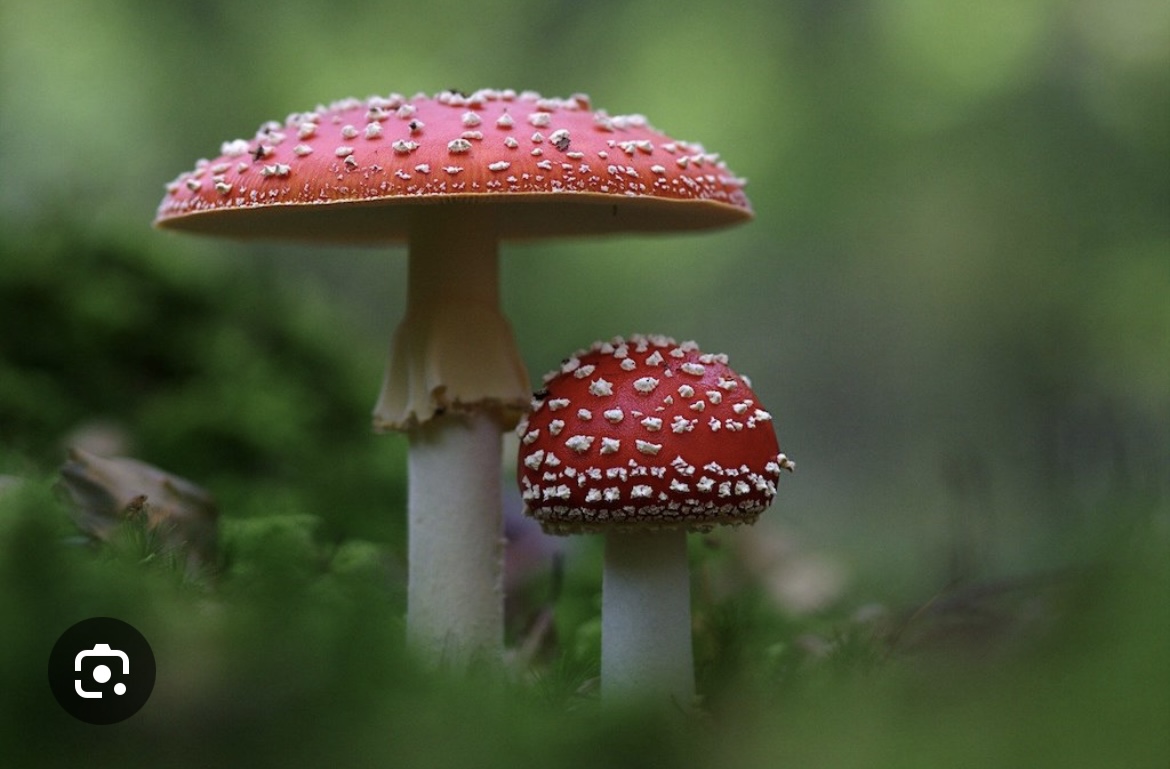
Fly agaric or Fly Amanita. White gilled, white spotted, and usually red mushroom, but some subspecies have yellow or white caps but are often recognizable by their notable white spots. Poisonous but death is rare. Parboiling twice with water weakens its toxicity and breaks down the mushrooms psychoactive substances. Noted for hallucinogenic properties but don’t eat it. Can be admitted to hospital after consuming.
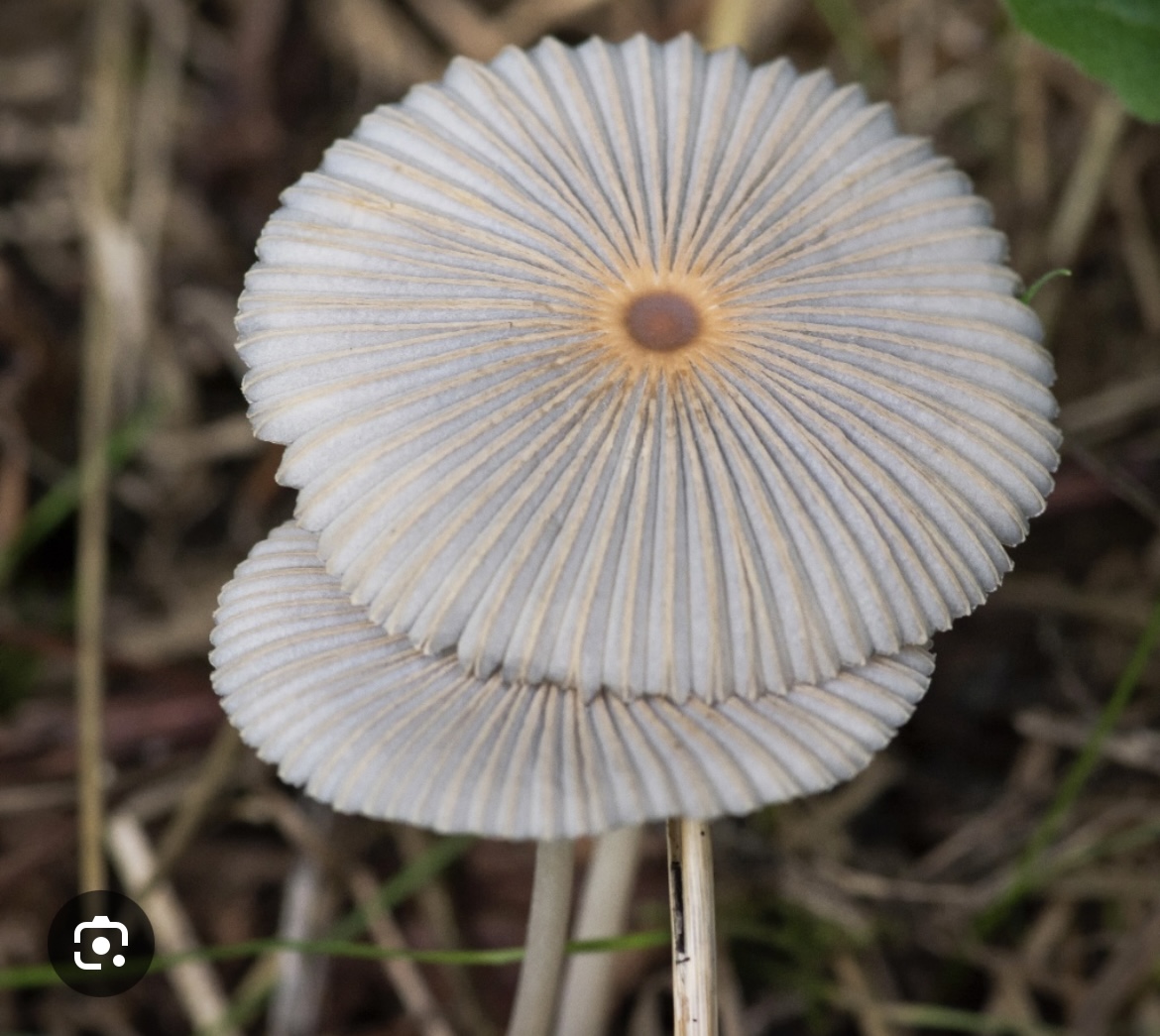
Pleated Inkcap. Resembles a cocktail umbrella. A decomposer which can be found in grassy areas, alone, scattered or in small groups. Grow at night after rain and will self decompose after dispersing their spores. Otherwise, they are quickly dried up in morning sunlight, or will eventually collapse beneath the weight of their caps. Nonpoisonous, though the species is regarded as inedible
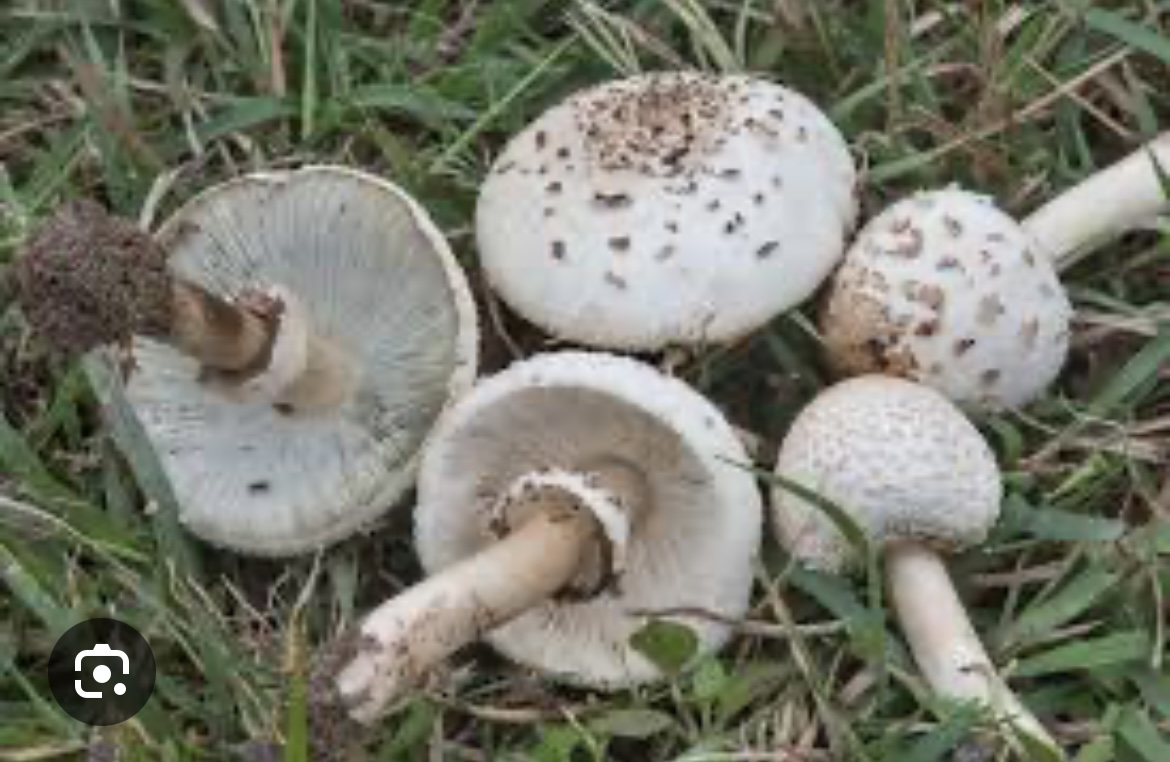
False Parasol. Poisonous and deadly to animals like dogs and horses. Poisonous to humans. Also called the green vomiter. White cap with coarse brownish scales. Base can become reddish brown to pale reddish pink or almost orange when crushed. Grows in lawns, meadows and parks across North America.

Old Man of the Woods Mushroom. Edible when young and fresh, but becomes crusty and tasteless as it ages. Not recommended to eat when it’s old. It has shaggy, dark scales on its cap and stalk. Looks like the poisonous Gunpowder Amanita, which has gills instead of pores.
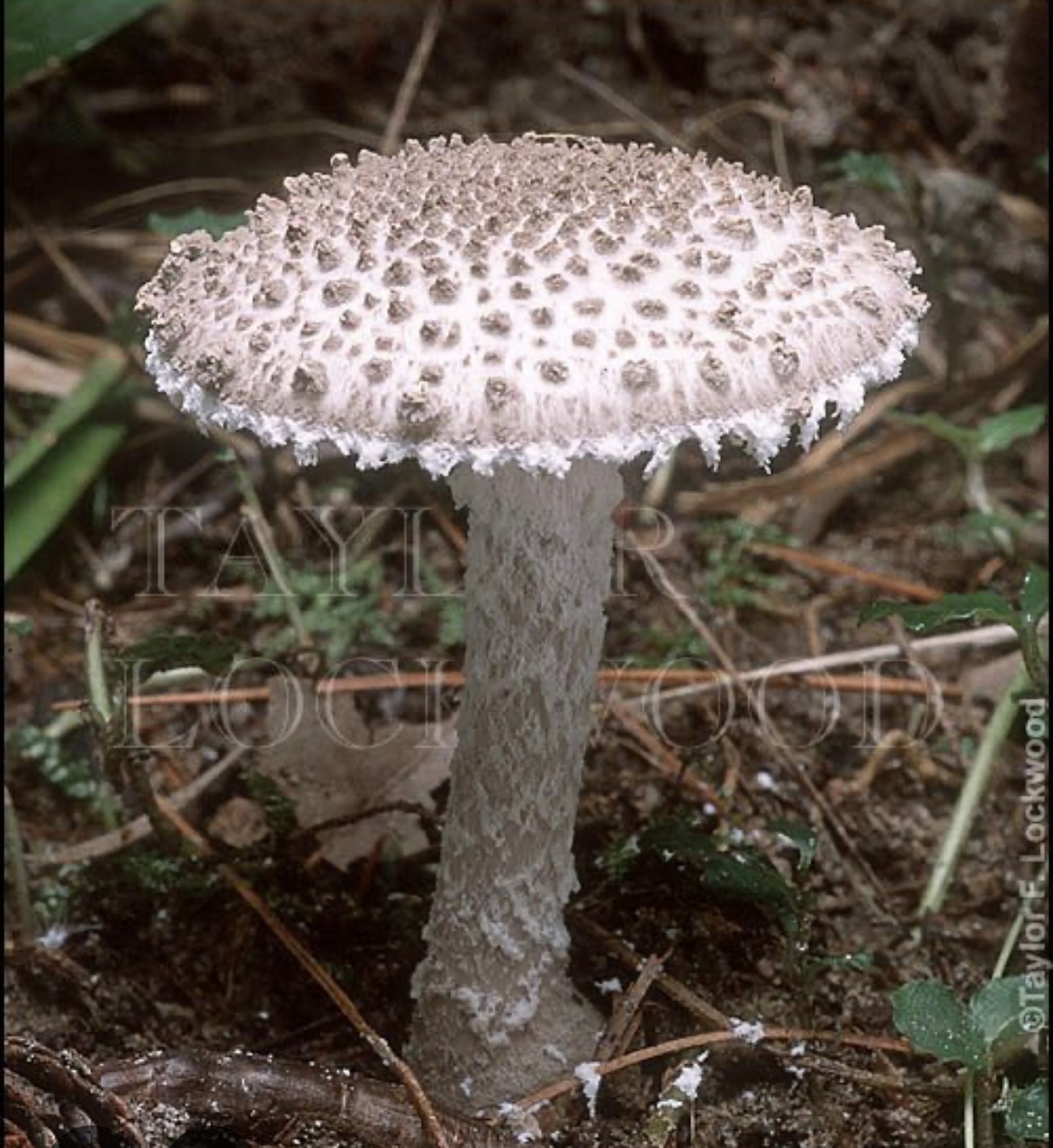
Amanita Onusta AKA Gunpowder Amanita. Poisonous. Characterized by small to medium sized fruit bodies that have white to pale gray caps crowded with irregular gray warts. Stipe is whitish gray with woolly or wart like veil remnants, and at the base is a spindle or turnip shaped bases that is rooted somewhat deeply in soil. Grows on the ground in deciduous forests. Fruit bodies smell kind of like bleaching power.
